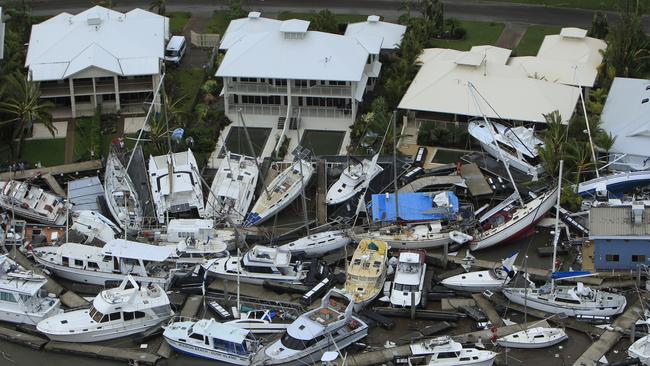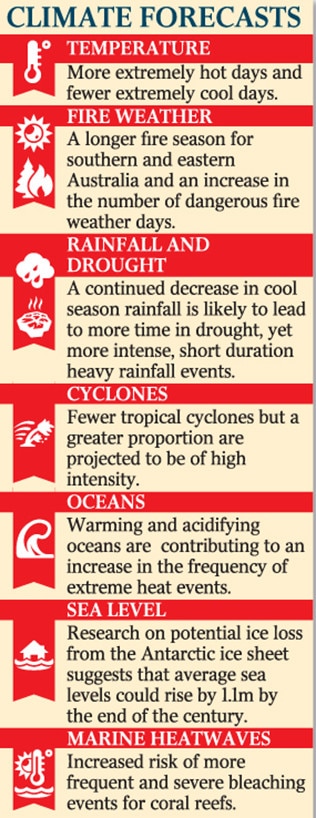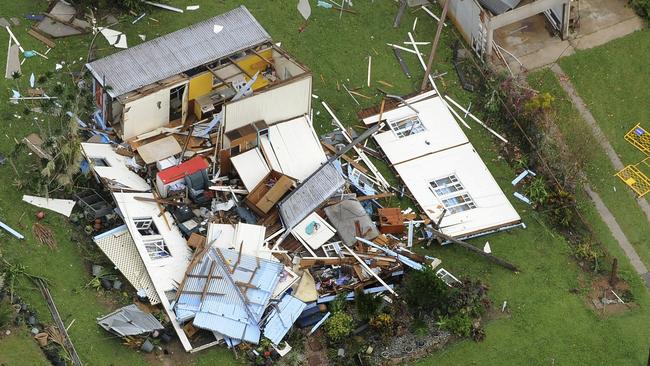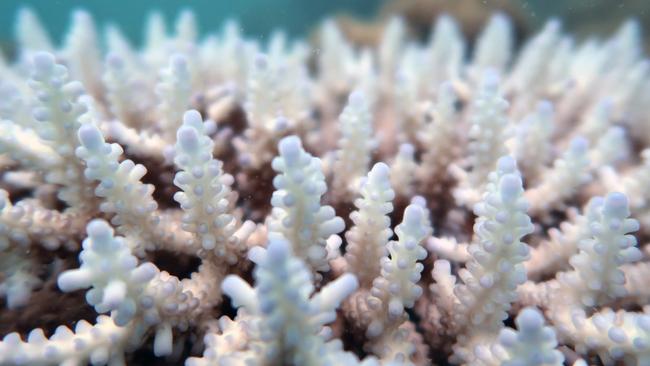Climate’s summer of extremes: floods, fires and cyclones
A joint CSIRO and Bureau of Meteorology report warns of a disturbing increase in extreme fires and more coral bleaching.

Extreme flooding could swamp NSW by Christmas and cyclones could pulverise parts of tourism-dependent Queensland in January as the impacts of climate change intensify, the latest State of the Climate report has warned.
A supercharged La Nina climatic cycle — a cooling of surface water along the equatorial Pacific — is poised to whip up a stormier summer in NSW while delivering a cyclone to northern Australia in early 2021 that could rival the damage wrought by Yasi a decade ago.

The State of the Climate 2020 report, released on Friday by the Bureau of Meteorology and CSIRO, also predicts a disturbing increase in extreme fire weather, a significant decline in rainfall across southeast Australia, and almost guarantees more coral bleaching.
“Our science clearly shows that, due to increasing greenhouse gases, such as carbon dioxide, in the atmosphere, Australia’s climate is continuing to warm,” said Jaci Brown, the CSIRO’s director of climate science. “The frequency of extreme events, such as bushfires, droughts and marine heatwaves is growing.”
The two-yearly environmental dossier found Australia’s climate had warmed by 1.44C since 1910, fuelling more extreme fire events and leading to prolonged and more intense droughts.
While fewer cyclones are expected to hit northern Australia in the coming decade, researchers say a greater proportion of cyclones that do reach Queensland, the Northern Territory and Western Australia will be more destructive and of “higher intensity”.
In September, the Bureau of Meteorology declared a La Nina event in the Pacific Ocean, meaning tropical cyclones are twice as likely to make landfall in Australia this summer.

The climate cycle will also unleash bouts of more intense rain over summer, but the reprieve will be short-lived, with Australia’s “drying trend” to accelerate in 2021.
“In the southwest and southeast of Australia we are seeing drier conditions, particularly in the cool season months of April to October,” said Karl Braganza, a climate monitoring expert at the Bureau of Meteorology.
“In southwest Australia, for example, cool season rainfall has decreased by around 16 per cent since 1970. These trends are projected to lead to more time spent in drought.”
In parts of southern Australia, the report says, extreme bushfires capable of generating thunderstorms within their own smoke plumes are likely to become more common. The phenomenon was observed by firefighters on a number of occasions during last summer’s bushfires.
Further north, the impact of a mass bleaching event this year — the third since 2010 — led to severe coral bleaching along the entire length of the Great Barrier Reef.

Marine heatwaves are predicted to become far more “frequent, extensive, intense and long-lasting”. “These three recent bleaching events are associated with marine heatwaves driven by anthropogenic climate change,” the report found. “Rapidly recurring bleaching events do not give the reef ecosystems time to recover.”
The Cape Grim station in Tasmania - a key site measuring air pollution - shows that carbon dioxide levels in the atmosphere are “accelerating”, driven primarily by fossil fuel emissions.
Around 85 per cent of global emissions in the decade from 2009 to 2018 were from fossil fuel sources.
Eight of the 10 warmest years of sea surface temperatures have been recorded since 2010,
with the average sea surface temperature in Australia warming by more than 1C since 1900.
Sea levels are rising by 3.5 centimetres per decade and that pace is increasing, while carbon dioxide levels are changing the pH make-up of oceans.
“These trends … are already posing a significant threat to the long-term health and resilience of the coral reef ecosystems around Australia’s coast,” Dr Brown said.
In the first three months of 2020, global emissions declined by eight per cent compared to the same period last year.
However, the study found that the decline in use of fossil fuels associated with the COVID-19 pandemic would have a “negligible impact in terms of climate change”.

To join the conversation, please log in. Don't have an account? Register
Join the conversation, you are commenting as Logout